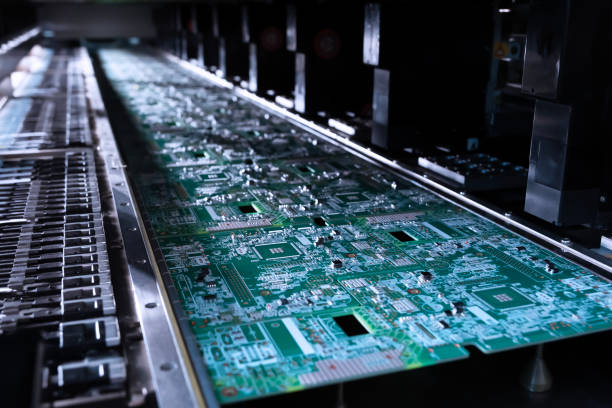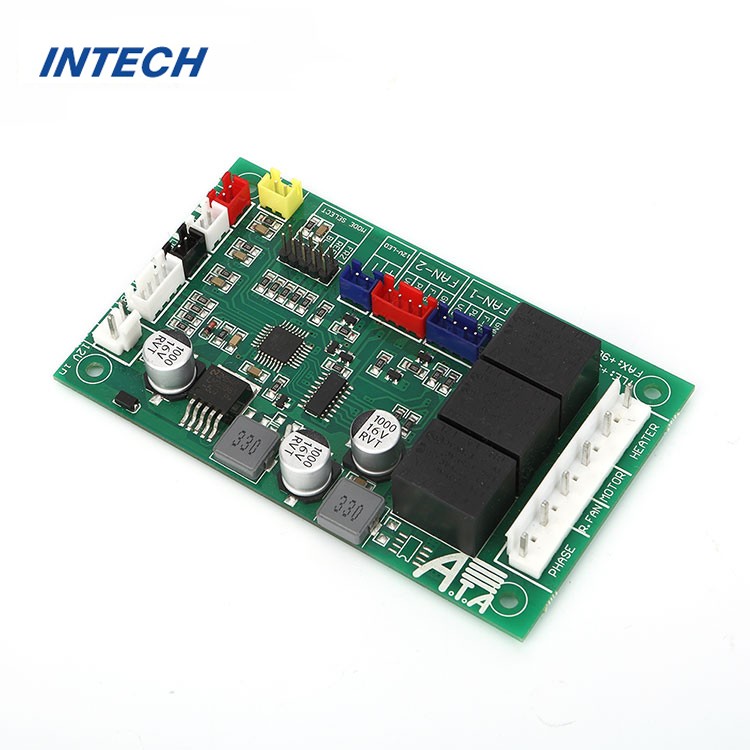How to Ensure High-Quality Printed Circuit Board Assembly?
Date:2025-03-24 11:02:10
Ensuring high-quality printed circuit board assembly is crucial for the reliability and performance of electronic devices. Whether for consumer electronics, industrial equipment, or medical devices, a well-assembled PCB minimizes defects, improves durability, and enhances overall functionality. To achieve the best results in PCBA manufacturing, it is essential to follow best practices throughout the design, assembly, and testing processes.

1. Optimize PCB Design for Manufacturability (DFM)
A high-quality printed circuit board assembly starts with a well-designed PCB layout. Following Design for Manufacturability (DFM) principles ensures that the board can be efficiently produced with minimal errors. Considerations include:
Correct Component Placement: Ensure that components are placed with proper spacing to avoid soldering defects.
Adequate Trace Width and Spacing: Prevents overheating and short circuits, improving electrical performance.
Via and Pad Design Optimization: Ensures proper connectivity and minimizes assembly complications.
Panelization for Efficient Assembly: Grouping multiple PCBs in a single panel can enhance PCB assembly services efficiency.
2. Use High-Quality Materials and Components
The choice of PCB substrate, solder mask, and components significantly impacts the quality of PCBA manufacturing. To ensure reliability:
Select high-quality PCB materials (e.g., FR4, Rogers, or polyimide) based on application requirements.
Use reliable component suppliers to avoid counterfeit or defective parts.
Choose lead-free solder and RoHS-compliant materials for environmental compliance and durability.
3. Implement Advanced Assembly Techniques
To achieve precision and consistency in PCB assembly services, advanced manufacturing techniques should be employed:
Surface Mount Technology (SMT): Enhances automation, allowing for precise and compact PCB layouts.
Through-Hole Technology (THT): Suitable for components requiring stronger mechanical bonds.
Mixed Assembly: Combines SMT and THT for complex, high-performance PCBs.
Automated Optical Inspection (AOI) and X-ray Inspection: Detects soldering defects, misalignments, and hidden faults in multi-layer PCBs.
4. Maintain Strict Quality Control in PCBA Manufacturing
Implementing rigorous quality control measures throughout the printed circuit board assembly process minimizes defects and ensures long-term reliability:
In-Circuit Testing (ICT): Verifies electrical connections, resistance, and capacitance.
Functional Testing (FCT): Simulates real-world operating conditions to detect performance issues.
Environmental Stress Testing: Ensures PCBs withstand extreme temperatures, humidity, and vibrations.
100% Visual Inspection: Detects physical defects such as misaligned components, solder bridges, and missing parts.
5. Choose a Reliable PCB Assembly Service Provider
Selecting the right PCB assembly services provider is critical for achieving high-quality PCBs. Consider:
Certifications and Standards Compliance: Ensure the manufacturer meets IPC, ISO, and RoHS standards.
Experience and Expertise: Look for providers with a track record of high-precision PCBA manufacturing.
Turnkey vs. Consigned Assembly: Turnkey solutions handle everything from component sourcing to final testing, ensuring quality and efficiency.
Customer Reviews and Case Studies: A strong reputation in the industry indicates reliability and expertise.
Achieving high-quality printed circuit board assembly requires a combination of optimized design, high-quality materials, advanced manufacturing techniques, and strict quality control. Partnering with an experienced PCBA manufacturing provider offering professional PCB assembly services ensures that your PCBs meet industry standards and function flawlessly in real-world applications.
Looking for top-tier PCB assembly services? Choose a manufacturer with the right expertise and capabilities to guarantee high-performance PCBA manufacturing for your projects.


